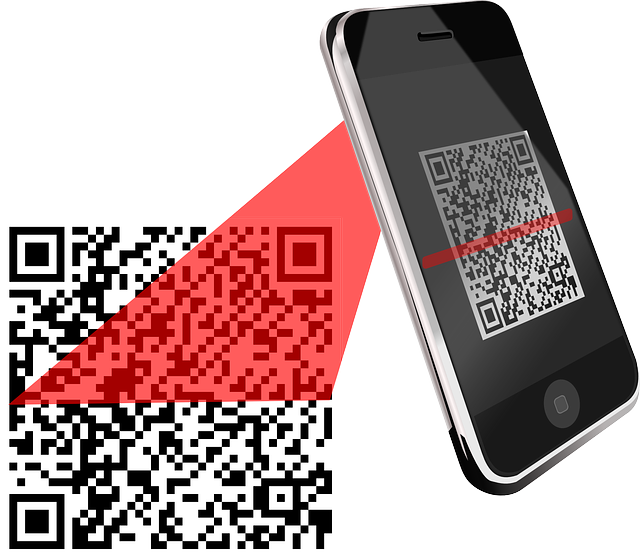
QR codes, those square barcodes that can be scanned with a smartphone, have become a versatile tool in various fields, including education.
QR codes allow instant access to resources. Link QR codes to online textbooks, worksheets, or interactive activities.
In addition, QR codes can be used for interactive learning activities such as in a scavenger hunt by creating a series of QR codes placed around the classroom or school. Each code can lead to a math problem or a clue to the next location.
Furthermore, QR codes can be used for assessment and feedback. Create QR codes that link to online quizzes or surveys.
If your classroom has mobile devices have students scan QR codes directly with their smartphones or tablets.
For classrooms without mobile devices, use QR code readers to project the content onto a screen for the whole class to view or print out QR codes and distribute them to students.
When you use QR codes in math class, ensure that the use of QR codes aligns with specific learning objectives. Design activities that empower students to take ownership of their learning and use a variety of QR code activities to keep students engaged. When using QR codes, consider students with disabilities and ensure that QR code activities are accessible to all learners. Always provide clear instructions and support as needed.
By incorporating QR codes into math instruction, teachers can create dynamic and engaging learning experiences that cater to the diverse needs of their students. Let me know what you think, I'd love to hear. Have a great weekend.
No comments:
Post a Comment